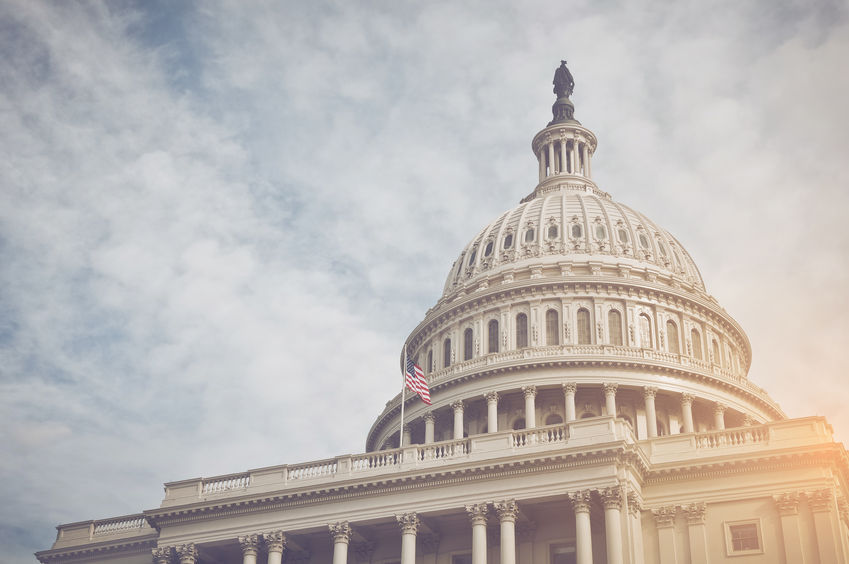Mnuchin and Powell Defend Pandemic Aid Programs, Say Congress Needs to Agree Before They Can Give out More Money
 Yesterday, Treasury Secretary Steven Mnuchin and Federal Reserve chair Jerome Powell testified on the COVID response before the House Financial Services Committee.
Yesterday, Treasury Secretary Steven Mnuchin and Federal Reserve chair Jerome Powell testified on the COVID response before the House Financial Services Committee.
They championed the largest stimulus package in the Nations’s history and said the economy was recovering well.
Mnuchin advocated for bipartisan support of targeted forgivable loans- a second PPP loan for businesses still losing revenue, funded by either a new stimulus, reusing the $130 billion still leftover, or reallocating $200 billion from the Main Street Lending program. Of course, all of that is up to Congress, he said.
“I think there’s broad bipartisan support for extending the PPP in businesses that have had revenue drops for a second check,” Mnuchin said.
Chair of the committee, Maxine Waters D-CA, led the questioning. She asked for removing the loan minimum, and noting the slow economic activity; she said 32% of renters could not pay their bills at the beginning of Sept. Other charges, like the possibility of a second wave, were leveled toward the executives.
In response to questions to the Main Street Lending Program (MSLP,) they argued the program was not designed as a stimulus but as a “backstop” and liquidity to already present loan markets.
This might explain why last month, the Congressional Oversite Committee investigated the MSLP because of its low adoption rate and found many problems.
To date, less than $2 billion of loans are “in the pipeline” out of the $600 billion allocated in April. The program is designed with non-forgivable loans supplied by 509 traditional FDIC insured lenders, at a minimum of $250,000. The majority of these lenders are not accepting new customers, unlike PPP loans facilitated by more than 5,000 lenders to mostly new clients- including fintech firms.
The Fed already lowered the minimum down from $1 million, but after questioning whether it could be lowered to under $100,000, Powell said there was very little demand for loans under $100,000. In response to Representative Andy Barr R-KY, about how the program could be improved to service smaller businesses, Powell responded that the program wasn’t created for that.
“The limit now is $250,000, and we have very little demand below a million, as I told the chair a while back,” Powell said. “We’re not seeing demand for very small loans. And that’s really because the nature of the facility and the things you’ve got to do to qualify, it tends to be larger sized businesses.”
The SBA reported findings from the third round of PPP on Aug 10th. The organization found that loans under $50k were the largest category issued. 68% of the 5,212,128 PPP loans were under $50k, and 87% were under $250k.
Last modified: September 24, 2020Kevin Travers was a Reporter at deBanked.































